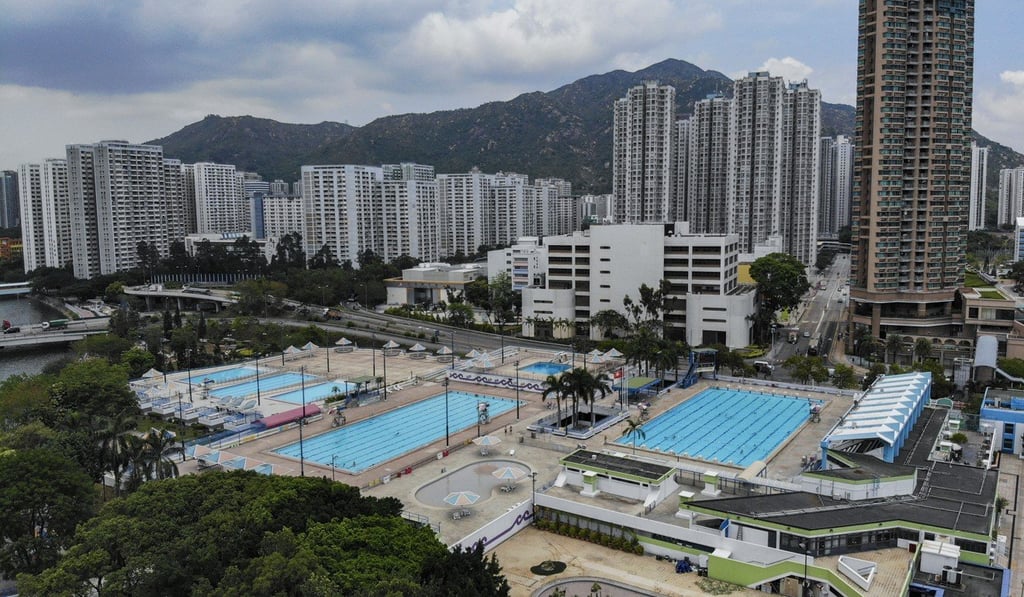Exclusive | Hong Kong MTR to explore ‘social responsibility’ of building public housing on top of new stations
MTR Corp to discuss idea with the government in move that would be seen as corporate social responsibility for firm that typically profits from luxury property projects at new sites

Hong Kong’s railway operator is expected to discuss the idea of building public housing when developing property atop its stations with the government, in what would be a first for the city as it seeks to provide more affordable flats.
Multiple sources told the Post the government would ask the MTR Corporation to explore the option, which would be cast as a “social responsibility” for the company, which traditionally reaps profits from luxury property projects at its new stations.
Two possible sites on the radar are Siu Ho Wan depot in northern Lantau, and a public site near Tuen Mun town centre, originally expected to produce a total of 22,000 private flats in the medium to long term.

The Development Bureau and the Transport and Housing Bureau would hold negotiations with the MTR Corp to decide the financial viability and the right mix of public and private housing, two sources familiar with the situation said.
“The MTR Corp is open to the government’s proposal; it would be the government’s call,” one source said. “It can be considered as long as the number of private flats allowed can cover the costs of the railway projects.”